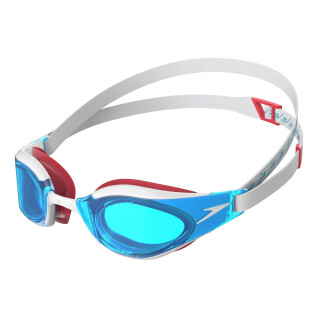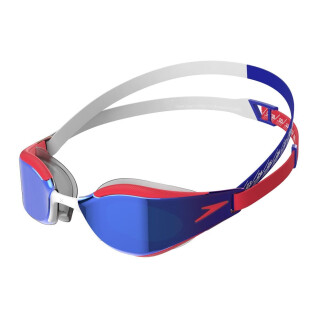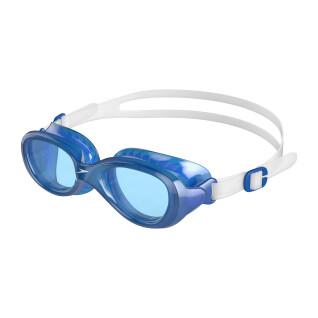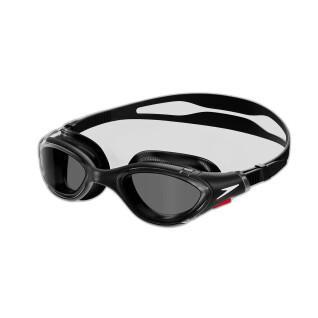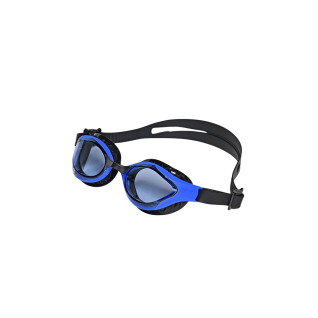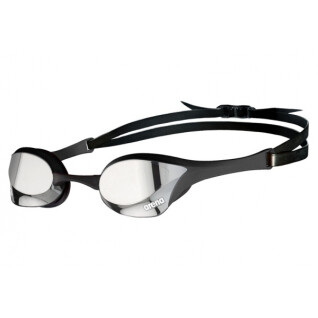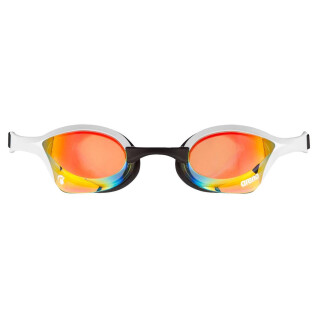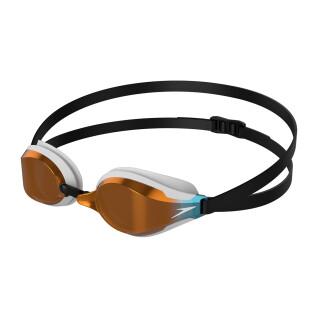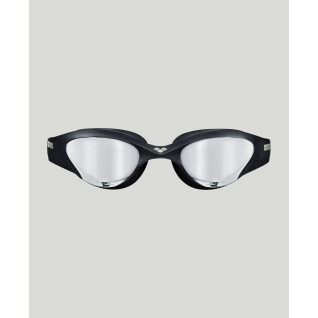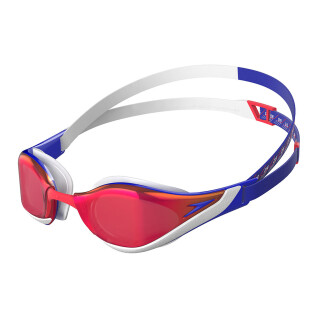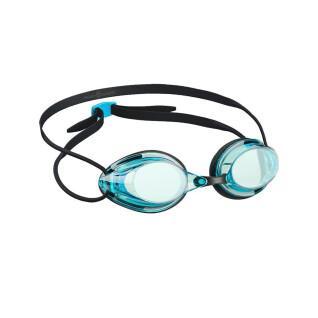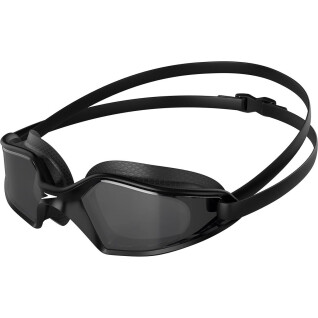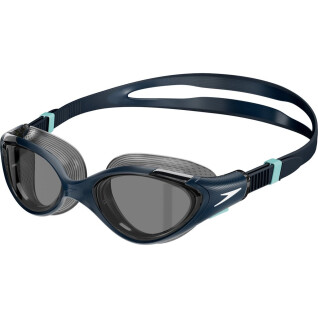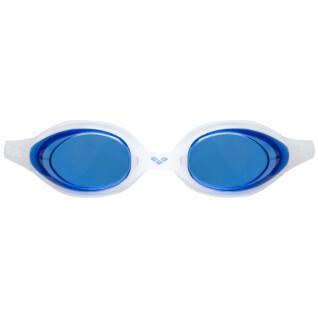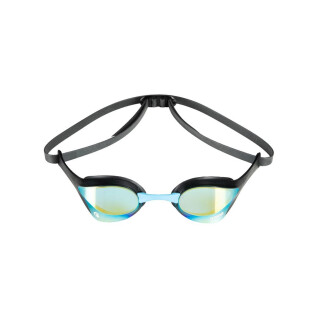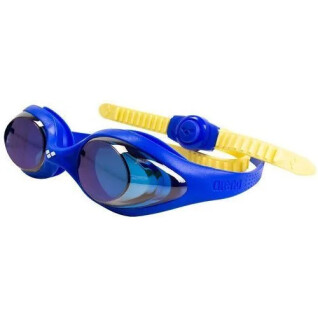Our selection of Swimming goggles
Take advantage of the best swimming goggles from adidas, Arena, Speedo and TYR on the market at a lower price. Models for beginners, advanced or competitors.
-
NEW24h
-
NEW24h
-
24h
-
24h
-
24h
-
24h
-
24h
-
24h
-
24h
-
24h
-
24h
-
24h
-
24h
-
24h
-
24h
-
24h
-
NEW24h
-
24h
-
24h
-
24h
-
24h
-
24h
-
NEW24h
-
NEW24h
-
24h
-
24h
-
24h
-
24h
-
24h
-
24h
-
24h
-
24h
-
24h
-
24h
-
24h
-
24h
-
NEW24h
-
24h
-
24h
-
24h
How to choose your swimming goggles?
Designed to protect the eyes from bacteria and UV rays, swimming goggles also offer improved visibility for quality swimming. For this reason, it is important to choose them carefully. To do so, different factors must be taken into account:
Size
Swimming goggles come in three different sizes (child, S and L) and must fit properly to ensure a good seal. You can check this in a simple way: by placing them without the straps on the nose. If they don't fall off instantly, they are perfectly waterproof. However, you can't use this method when buying online. It is therefore important to choose the right size. The child size is obviously for the smallest, the size S for seniors with thin faces and L for a standard adult facial morphology. The adjustment will then be made by the adjustable straps.
The color of the lenses
The tint of the lenses is an important factor in the choice of a pair of swimming goggles. In general, they vary depending on the location. If you practice in an outdoor pool, choose dark colored goggles (black, smoke or mirror) for excellent protection against the sun's rays. On the other hand, if you swim indoors, you can opt for light-colored lenses that provide both good eye protection and visibility in the water. If you alternate between the two, we recommend photochromic goggles.
Frequency of use
It seems obvious that the models should not be the same for each frequency of practice. We have established a guide to choose them according to your needs:
- If you swim occasionally, it's a good idea to look for goggles with an easy fit, comfort and excellent support, preferably with a silicone seal around the eyes.
- If you swim regularly (training or leisure), you need goggles that are very stable and comfortable.
- If you are an intensive or competitive swimmer, we recommend goggles with a more streamlined design, perfectly adapted to your facial morphology for great stability in all circumstances. We strongly recommend models with polycarbonate lenses, which guarantee maximum durability, high resistance and better visibility. Choose models with a double strap for extra stability.
The level of the swimmer
Like any other swimming equipment, the choice of goggles must involve the level of the swimmer in its criteria. Indeed, each practice requires specific characteristics.
- Beginner: Beginner swimmers tend to look for comfort and a wider field of vision. It is therefore good to opt for swimming masks with a wide field of vision. Choose models with a simple adjustment system with straps or nose bridges that are easy to put on and guarantee an excellent fit.
- Advanced: For an advanced swimmer; it is good to choose goggles with a wide field of vision and great stability. The nose bridge should be more flexible and the straps adjusted for easy wearing in all circumstances.
- Expert: For expert and competitive swimmers, it's a different story. The stability must be there, but above all, they must have an excellent hydrodynamism so as not to hamper the swimmer's performance. The fit is essential for this level to prevent the goggles from moving during movements and dives. There are several types of adjustments available to suit your facial morphology. There are models with removable nose bridges and others, such as the Swedish goggles that are mounted by the wearer for personalized comfort.
Why wear goggles?
Although they are not always found in swimming pools, wearing them is imperative for athletes. They are mainly worn for safety and visibility. Indeed, water, but especially the chlorine that accompanies it can harm the eyes. Wearing goggles ensures a better vision in the pool and protects from disinfection products. Remember that it is essential to be able to see underwater, especially during competitions, to have reference points and to see the competitors throughout the race in order to adjust the intensity of the swim accordingly.

